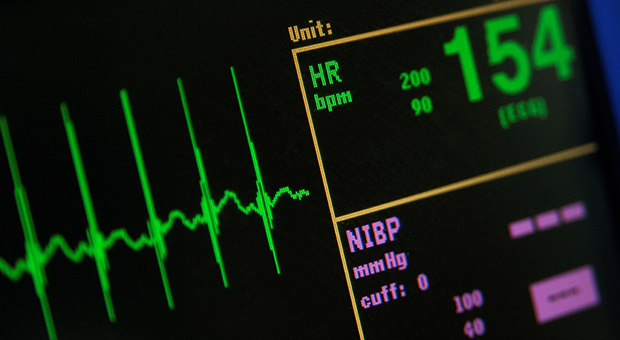The Medical Minute: The perils of powdered caffeine and alcohol

Alcohol and caffeine have joined the ranks of milk, juice and other substances that now come in powdered form.
Last week, Pennsylvania joined a handful of other states in pre-emptively banning the sale of powdered alcohol. But some say powdered caffeine – which is considered a dietary supplement and not regulated by the Food and Drug Administration – poses more of a danger.
“Of the two, caffeine is the more concerning one for me,” says Dr. Glenn Geeting, an emergency physician at Penn State Hershey. One teaspoon of the substance – easily bought online – contains roughly the same amount of caffeine as 25 cups of coffee. That's more than four times the amount that appears safe to consume in a day.
Because of its concentrated form, it's not so easy to just add a sprinkle to food or drink without running the risk of overdose.
Powdered caffeine has been blamed for at least two deaths and numerous hospitalizations for overdose nationwide in the past year. Geeting says while there have been no cases resulting from powdered caffeine at Penn State Hershey, people have come to the Emergency Department due to caffeine overdoses.
“Like any drug, it creates a toxic syndrome, and it can create real problems,” he says. Geeting notes those who ingest more caffeine than their bodies can handle may experience rapid or erratic heartbeats, agitation and vomiting, and even seizures.
“While mortality is not very common with powdered caffeine, it is a possibility,” Geeting says. “I think it is worth using caution.”
In December, the FDA issued an advisory that recommended consumers avoid using the substance because of the danger of overdose. The agency said parents should recognize the potential danger among teenagers and young adults, who may be drawn to powdered caffeine for its perceived benefits.
Powdered alcohol, on the other hand, is not a concentrated form of alcohol – it is just packaged differently. Makers say it could appeal to backpackers and anyone else who wants to be able to mix up a drink without carrying glass bottles or liquid alcohol.
A pouch that contains about one ounce of alcohol would be larger but lighter than an ounce of alcohol in liquid form. Opponents of the substance say it could be more convenient, appeal to a younger crowd, be snorted or used to spike drinks.
Geeting says the potential for abuse seems to be the same or less than alcohol in liquid form.
“For those who are worried about powdered alcohol being smuggled into schools or theaters, it is likely to be harder to hide, more expensive than liquid alcohol, and takes at least 30 seconds to dissolve,” he says. “It would be really painful to snort and takes about half a cup of it to get an ounce of alcohol. It seems like it would be easier to just drink a shot.”
The Medical Minute is a weekly health news feature brought to you by Penn State Milton S. Hershey Medical Center. Articles feature the expertise of Penn State Hershey faculty physicians and staff, and are designed to offer timely, relevant health information of interest to a broad audience.
If you're having trouble accessing this content, or would like it in another format, please email Penn State Health Marketing & Communications.
